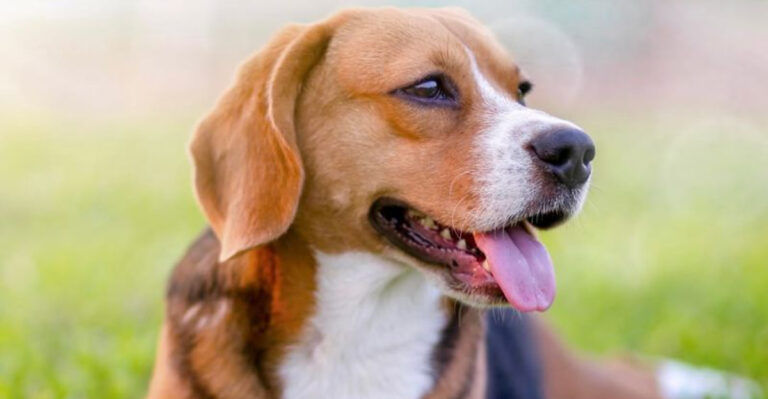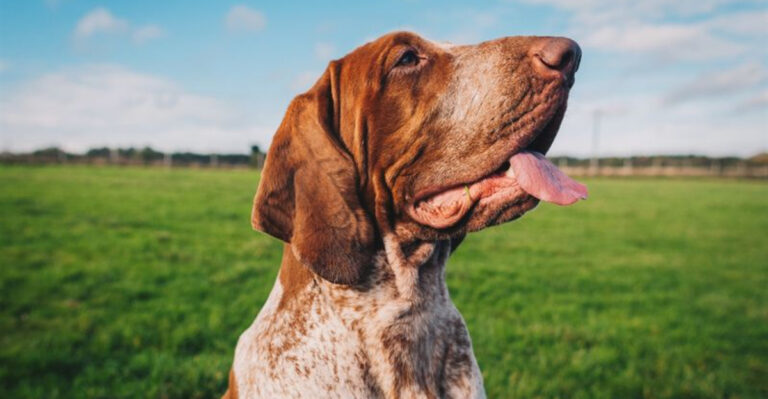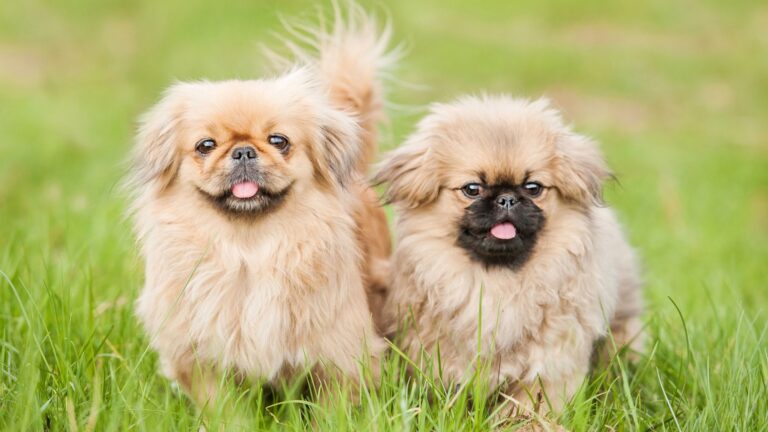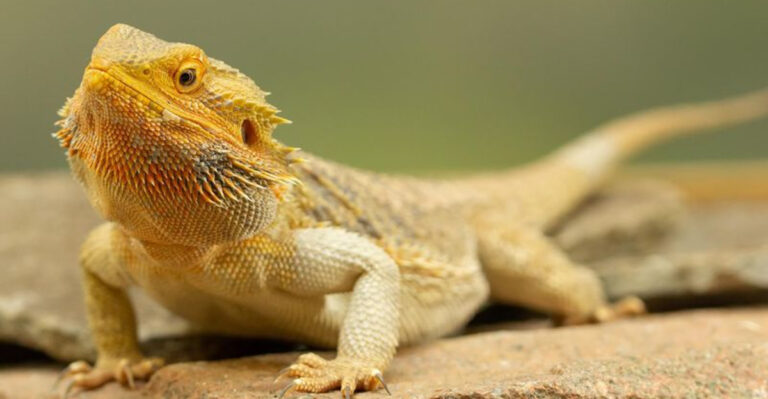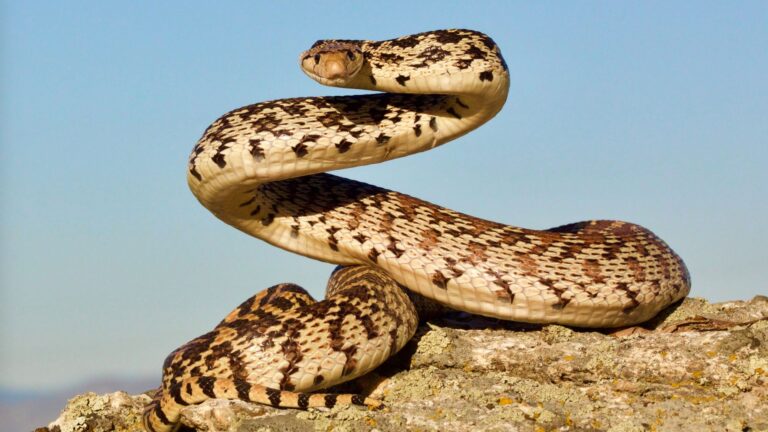16 Animals That Can Sleep Standing Up
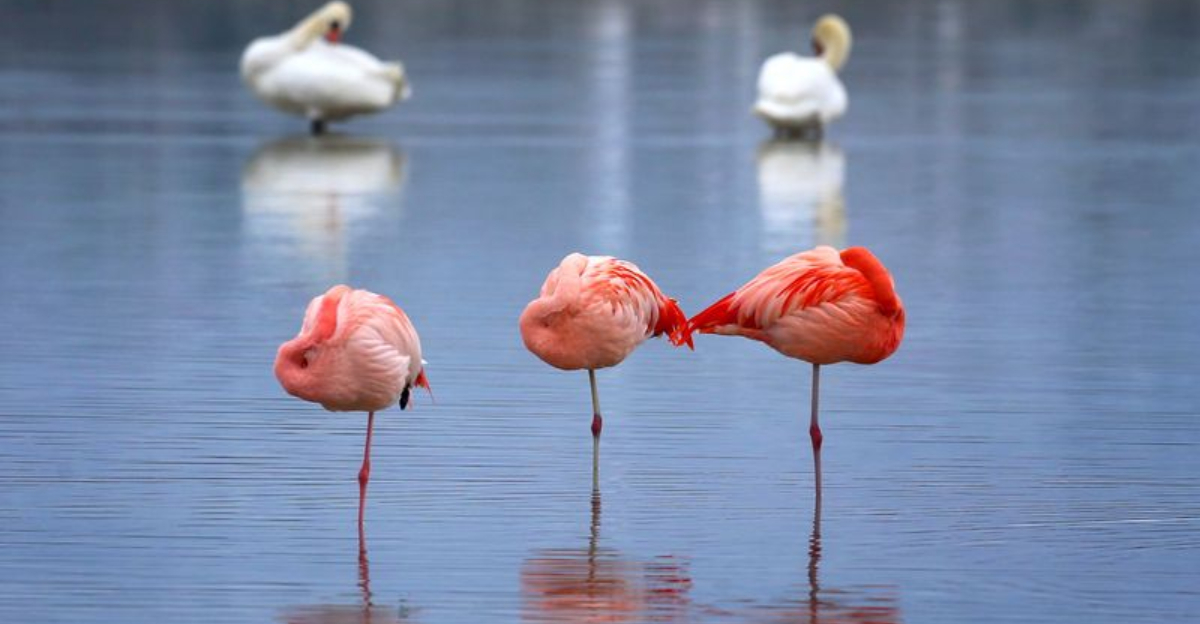
Ever wondered if animals have unique sleeping habits? Some creatures have the uncanny ability to snooze on their feet!
This list introduces you to such animals, each with its own unique charm and quirk that allows it to nap while standing.
1. Horse
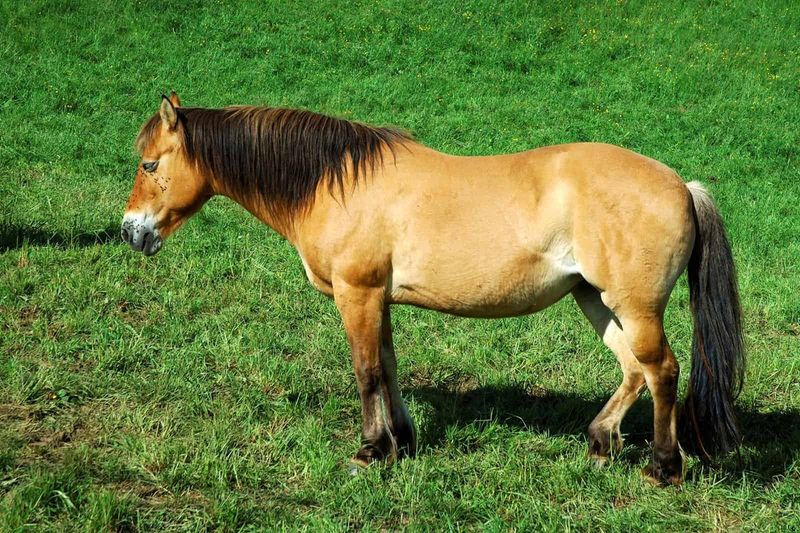
The elegance of a horse is undeniable, even while it’s catching some Z’s on its feet! Horses have a unique locking mechanism in their legs, allowing them to stand tall and dream away without tipping over.
This natural talent helps them stay alert to dangers while resting. As herd animals, being able to sleep standing keeps them ready to bolt at any sign of danger, ensuring their safety.
2. Elephant
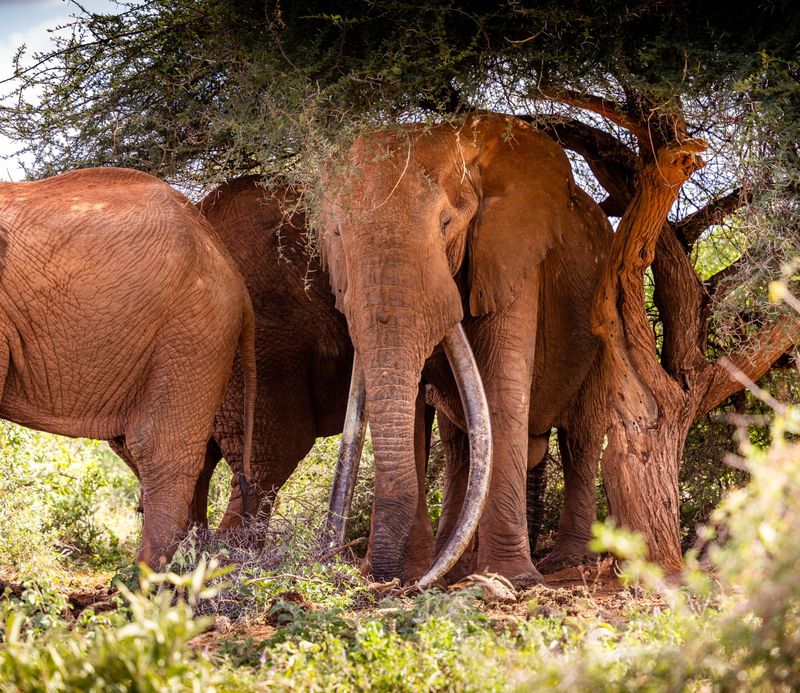
Elephants, the gentle giants of the animal kingdom, often sleep standing up, especially during short naps. Their massive bodies and weight make lying down cumbersome, so dozing upright is more comfortable.
This position also allows them to quickly respond to any potential threats. With their social nature, elephants might nap in groups, adding a layer of security and bonding.
3. Giraffe

Who needs a bed when you’re a giraffe? These long-necked wonders often nap standing, mainly because their height makes lying down a bit awkward.
Standing helps giraffes keep a lookout for predators, combining rest with vigilance.
Despite their towering stature, giraffes need only short naps, often lasting just a few minutes, making them true masters of the power nap!
4. Flamingo
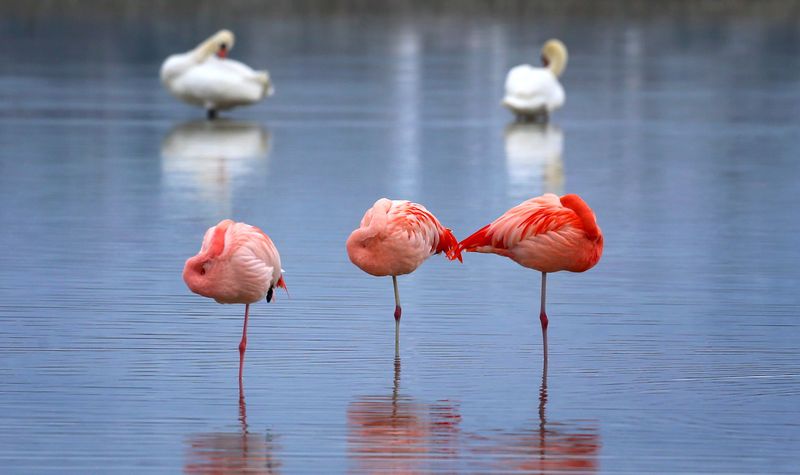
Flamingos are famous for their one-legged stance, even while catching some shut-eye. Their unique physiology allows them to lock one leg in place, maintaining balance effortlessly as they snooze.
This adaptation is not just quirky; it helps save energy and keeps them alert to potential threats in their watery habitats.
5. Alpaca
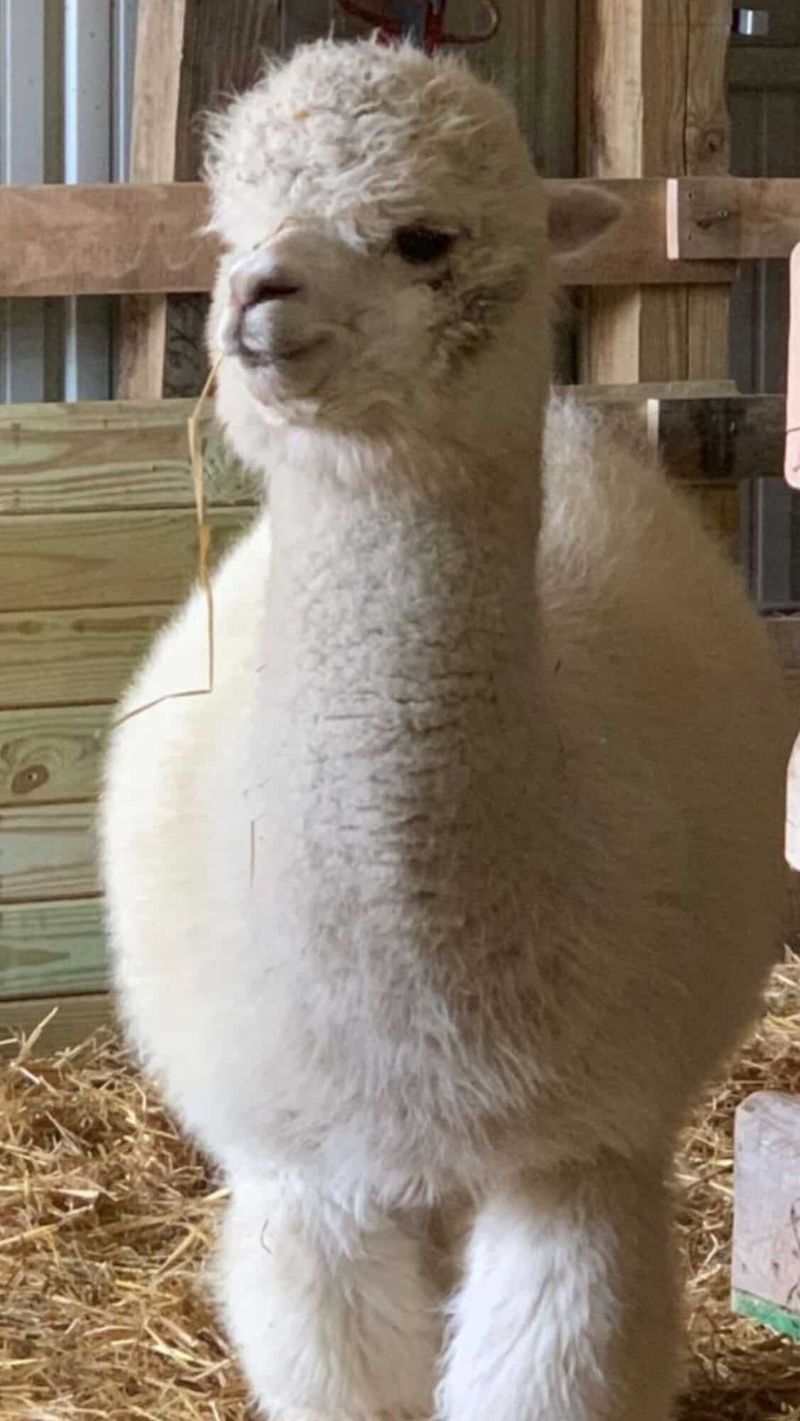
Alpacas, with their fluffy coats and gentle demeanors, sometimes take short snoozes standing up. This allows them to stay aware of their surroundings, crucial for avoiding predators.
In their native Andean highlands, where the environment can be unpredictable, being able to quickly respond to threats is a valuable trait.
6. Moose
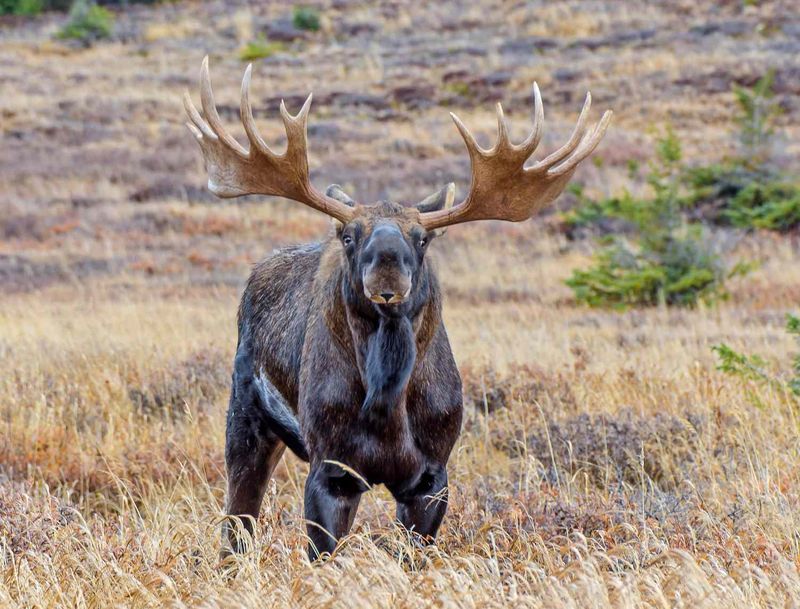
The mighty moose, with its impressive antlers, often catches its forty winks standing up. This habit allows them to keep an eye — or a closed one — on their surroundings.
In the wild, staying alert is key to survival, and moose have mastered the art of combining rest with readiness. Their long legs and sturdy build make standing naps quite comfortable.
7. Zebra
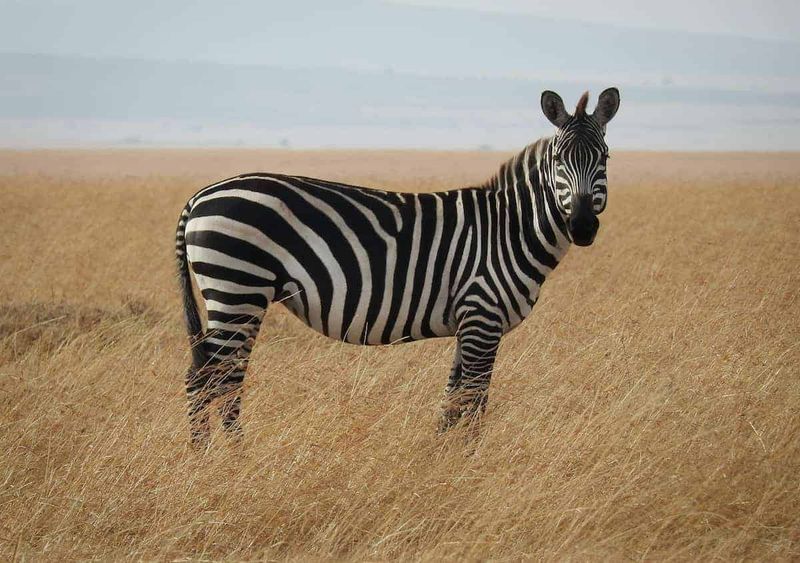
Zebras, with their striking stripes, often opt for standing naps. This keeps them prepared to dash away from predators at a moment’s notice.
Living in the open plains, being able to nap upright is not just convenient but essential for their survival. It’s nature’s way of keeping these beautifully patterned animals safe.
8. Bison
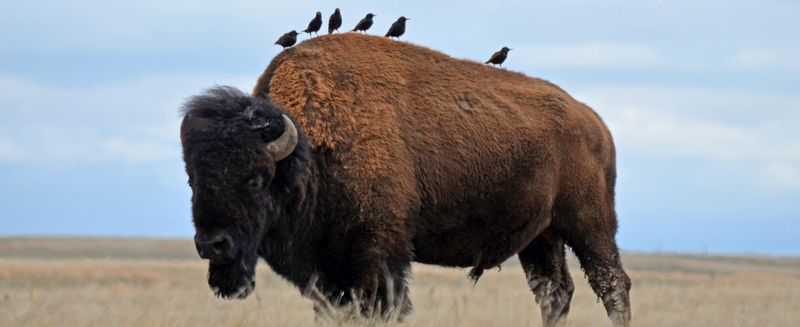
Bison, the iconic creatures of the prairie, often take brief standing naps. Their massive size makes lying down cumbersome, so standing is more practical.
This position allows them to quickly respond to potential threats, a necessity in the wild plains. With their social structures, bison often nap in groups, providing a sense of security.
9. Deer
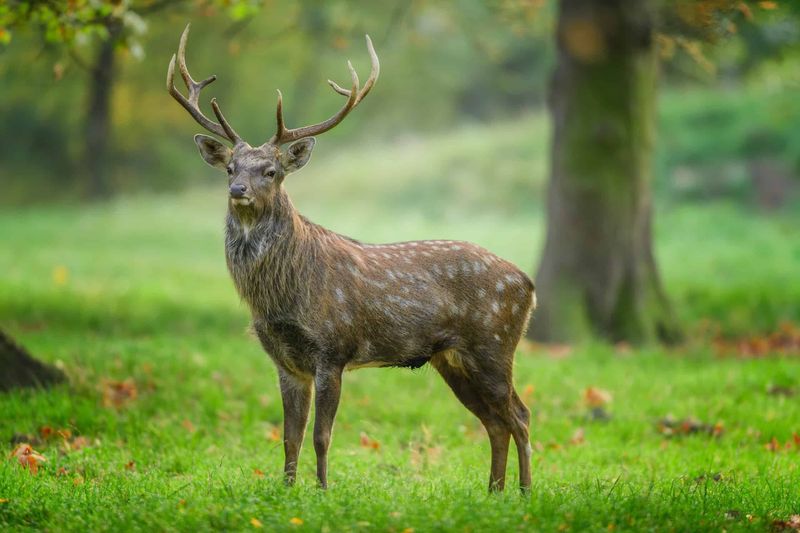
Deer, known for their grace and agility, often sleep standing to stay alert. In the woods, being able to quickly escape predators is crucial, and standing naps facilitate this.
These gentle creatures have adapted well to their environments, balancing rest with the constant need for vigilance, ensuring their survival in the wild.
10. Donkey
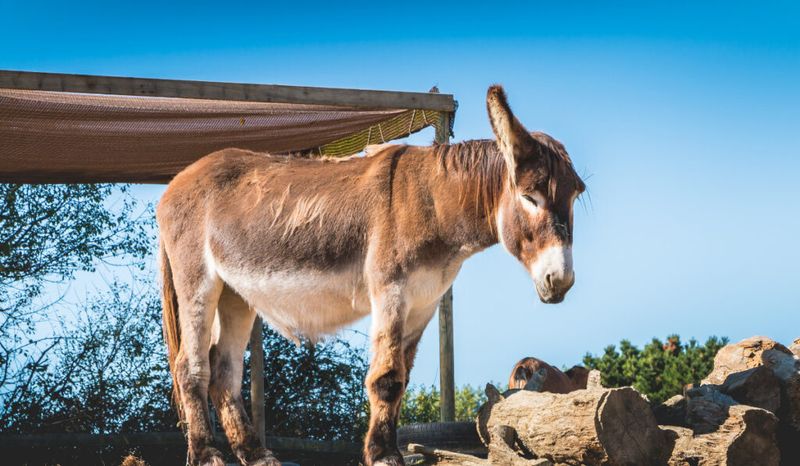
Donkeys might seem stubborn, but they’re also quite practical. They often sleep standing up, ready to react to any sudden changes in their environment.
This trait is especially useful in their natural habitats, where predators might be lurking. Standing naps help them stay ready and alert, ensuring they can swiftly move if needed.
11. Rhinoceros
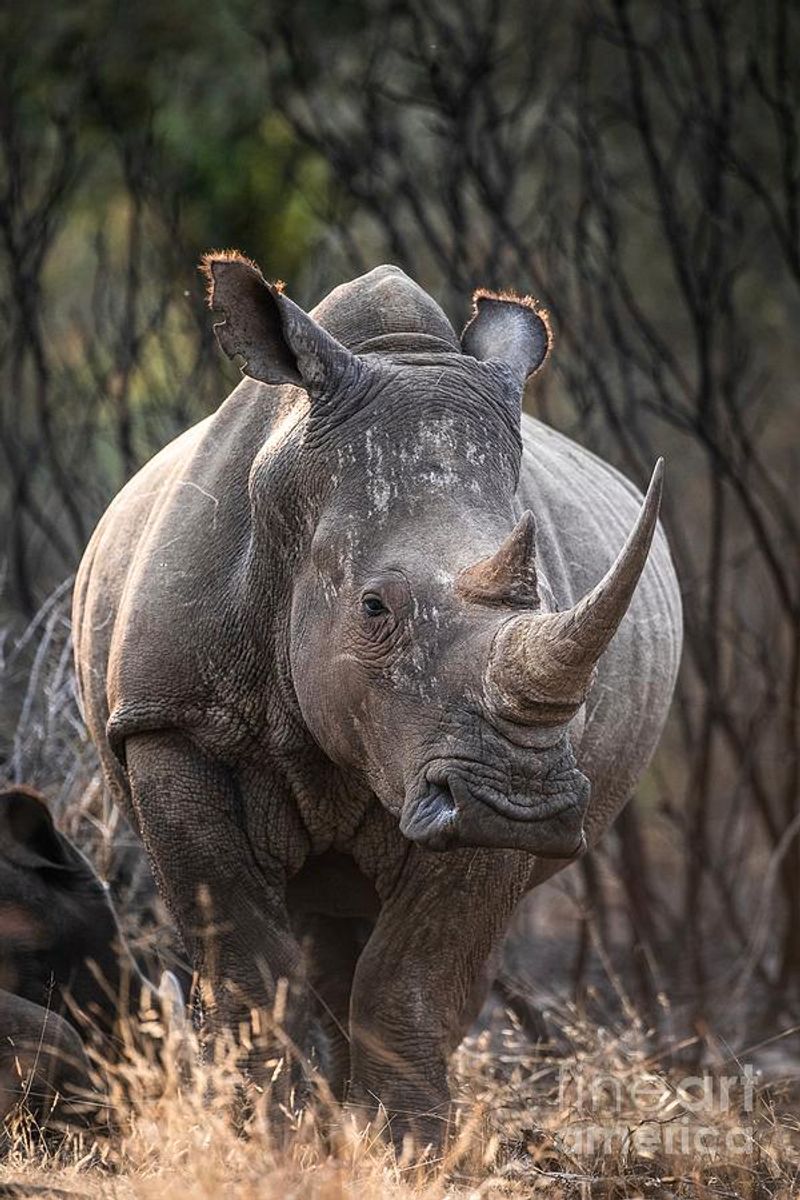
Despite their hulking size, rhinos often take short naps standing up. This allows them to remain vigilant and ready to charge if danger approaches.
Their thick skin and robust bodies make lying down less comfortable, so standing is practical for quick escapes. In the wild, every moment counts, and standing sleep keeps them prepared.
12. Cow
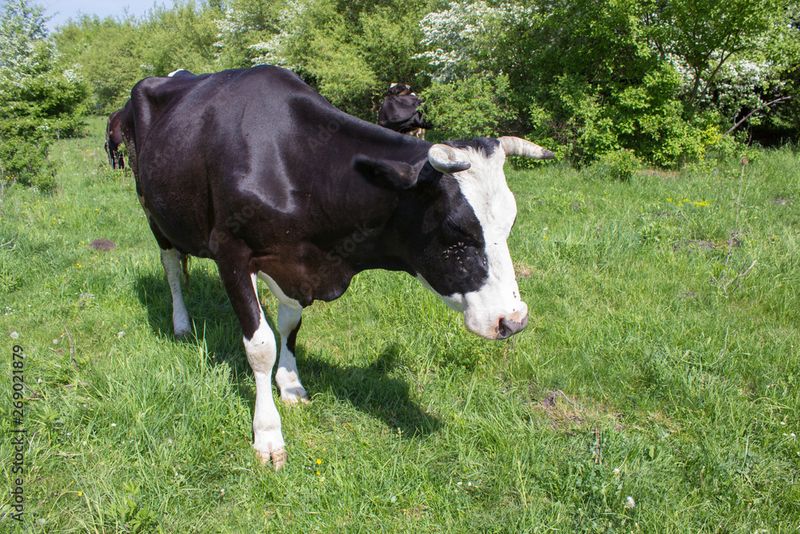
Cows, the quintessential farm animals, sometimes nap standing up. This position allows them to remain alert to the goings-on around them, which is important for safety in a herd.
With their serene nature, standing naps blend well with their laid-back lifestyle, offering a balance between rest and awareness.
13. Buffalo
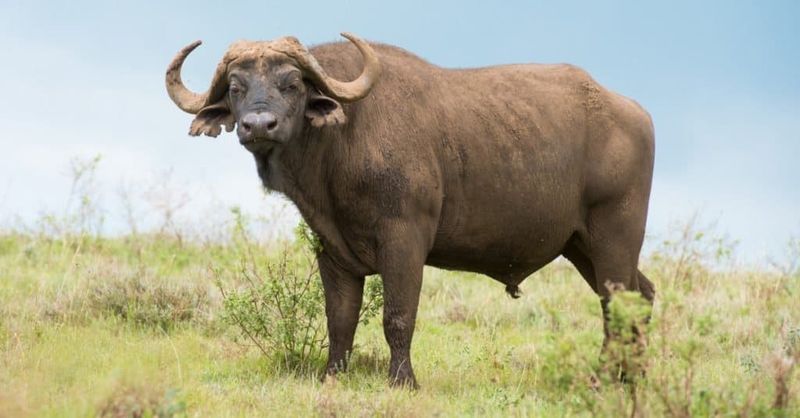
Buffalo, the strong and resilient creatures of the wild, often nap while standing. This enables them to stay on high alert for predators, critical for their protection.
Their muscular build and social dynamics allow for a harmonious blend of rest and readiness, vital for thriving in their often harsh environments.
14. Camel
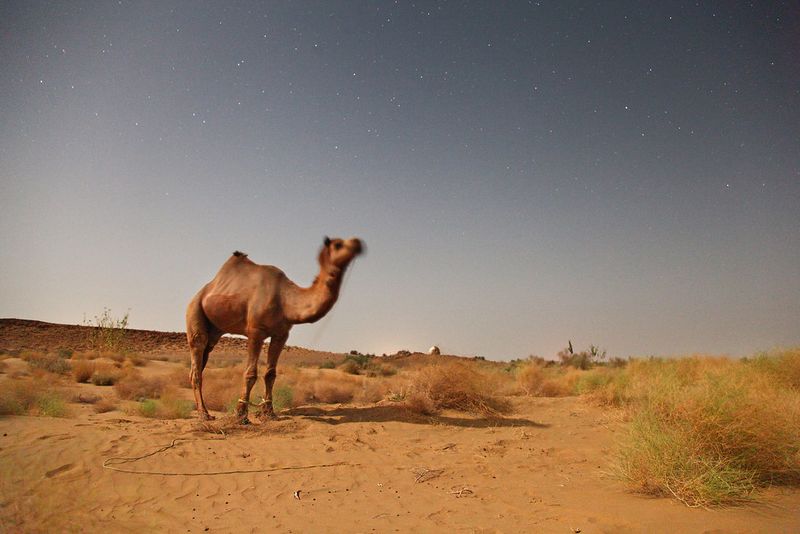
In the arid deserts, camels are known as the ships of the desert for a reason. Their ability to sleep standing up helps them conserve energy and stay vigilant against potential threats.
This, combined with their adaptation to harsh climates, enables them to thrive where other animals might falter. It’s a testament to their resilience and adaptability.
15. Penguin
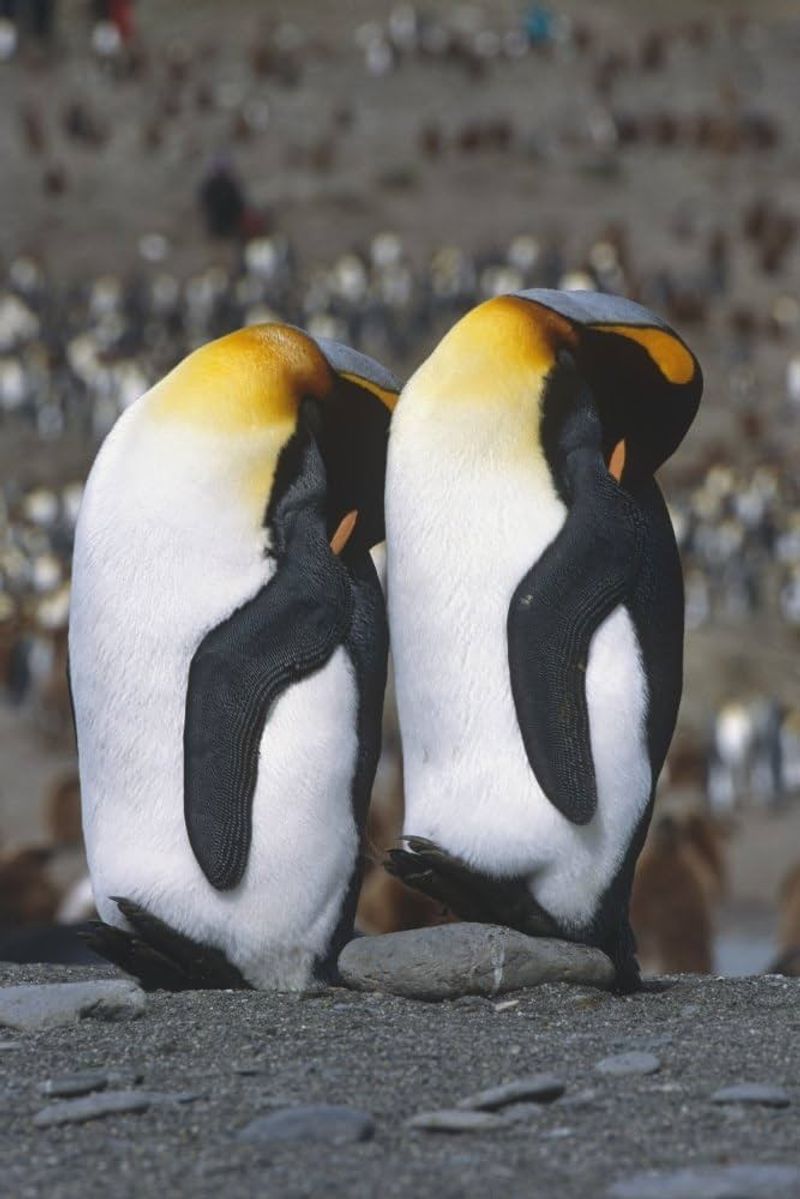
You might not expect it, but penguins often catch a few winks while standing. In the chilly Antarctic climate, huddling together and dozing upright helps them conserve warmth.
This communal sleeping arrangement keeps them alert and ready to waddle off if necessary. These adorable birds are true masters of survival in the cold.
16. Hippopotamus
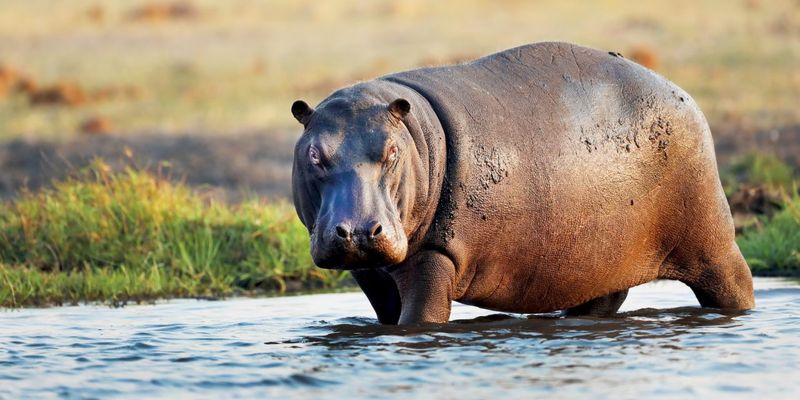
In the cool of the water, hippos often stand and sleep. This behavior allows them to keep their heads above water and stay alert for any lurking threats.
Their bulky bodies are buoyed by the water, making standing naps a comfortable choice. It’s a smart strategy that keeps them safe and sound, even while catching some rest.

